He may still be at large
By the end of the 80s and beginning of the 90s, a real boom in the popularity of Orthodox icons began in the West: venerable collectors were ready to pay hundreds of thousands of dollars for such artifacts. Soviet smugglers could not help but take advantage of this, who began vying with each other to buy or steal icons in order to then transport them abroad. The activities of one of the most daring gangs involved in smuggling icons turned into an action-packed detective story, where a lot of blood was eventually shed. MK decided to recall the details of the scandalous story on the “black market” of Russian icons.

Early 1990 Through operational channels from Germany, the Soviet intelligence services received information that a batch of ancient icons was being prepared for illegal export from Moscow. Soon, KGB officers themselves became convinced of the reliability of this information — they detected a call to West Berlin in which the interlocutors discussed the smuggling plan.
“Since the goods are in poor condition, Anna must restore these icons” (from a telephone conversation between Soviet and German smugglers)
The security officers had the name Anya at their disposal — almost like the heroes of the criminal masterpiece “The Meeting Place Cannot Be Changed”, who were looking for a way out to the “Black Cat” gang. And just like Zheglov and Sharapov, the operatives went into the file cabinet. There were only four craftsmen with that name known in narrow circles, and soon the law enforcement officers managed to figure out that we were talking about Anna Buz, a visitor from Ivanovo. She was involved in restoration work together with her husband Vitaly: the couple led a very secluded lifestyle and tried not to attract attention to themselves. It was decided to establish surveillance of the spouses and begin wiretapping their telephone conversations, but until the fall, nothing interesting happened to law enforcement officers in Buz’s life. Only in September did the outdoor surveillance detect Vitaly loading a carefully packed box into the interior of his car — as it turned out later, with icons, on the restoration of which the man had worked all summer.
After this, the restorer went towards the center of Moscow and soon brought surveillance in 1st Kotelnichiy Lane, where two men were waiting for him in their Zhiguli cars — 37-year-old store director Mikhail Eppel and his friend, army colonel and part-time lawyer Alexander Klimov.
Having taken the box from Buz, they paid the restorer and drove off, winding through numerous alleys and clearly checking to see if there were any signs behind them. But the couple failed to identify the cautious operatives, and they carefully followed him to Eppel’s home, located on Streletskaya Street. There, right in the director’s apartment, the accomplices organized a warehouse of religious artifacts received from resellers and thieves. One of the suppliers of icons was recidivist Yuri Gladkikh, who often acted as an intermediary between Eppel and the sellers.
For example, in September 1990, operatives witnessed a deal he cleverly carried out on the square of three train stations: Yuri organized the transfer to Mikhail of an iconostasis that was stolen from one of the churches in the Yaroslavl region. But it was not Eppel who was the main one in their criminal tandem with Klimov — it was Klimov who was the leader. It was he who came up with the scheme of buying and selling through an intermediary, knowing that with this approach the risk of being held accountable for his illegal activities would be lower. In addition, Klimov, using his connections, established channels for the transportation and sale of valuables in Western countries. By the end of September, operatives were ready to catch the smugglers red-handed, but the operation ended in failure. And all because of Eppel’s field of activity: the outdoors was already accustomed to the fact that a man often meets with different people unrelated to his criminal path, so the director was usually watched with half an eye.
On September 28, at about 2 p.m., a team of operatives spotted Mikhail meeting a man near his house and handing him a piece of paper. Having examined the contents, the stranger waved his hand and a blue Zhiguli car drove up to the entrance, into which they loaded boxes with icons. The entire operation took several minutes, and the police barely had time to contact their colleagues to request help. “If the object notices surveillance, this, of course, is a failure in the work… Signs may be as follows: the object begins to get nervous, begins to stop, slow down, turn around, turn, jump into a flashing illegal traffic light…”
(Private detective Alexey Danilov)
This is exactly how Eppel’s accomplices, who noticed the outdoors, reacted: the Zhiguli, which rushed from its spot, easily evaded pursuit, running through a red traffic light. Law enforcement officers were forced to admit defeat and return to the origins of the operation — monitoring the restoration spouses. A month later, it became known that Buz was planning a meeting near the “House of Toys” located on Dimitrov Street — with a man whom they called “Husband” among themselves. On the agreed day, at about 11.00, the couple arrived at the agreed place by car: Vitaly went to check if they were being watched, and a stranger got into Anna’s car. As it turned out later, he was the husband of an employee of one of the embassies in Moscow. Using special devices, the operatives managed to listen to their conversation, during which the woman handed over a batch of restored icons to the interlocutor. He said in broken Russian that he was leaving for Helsinki tomorrow, after which Anna drove the messenger to his house of foreign workers located near Oktyabrskaya Square and went home.
But 28 ancient icons never reached their destination — the carrier was detained while trying to cross the northwestern border. Due to diplomatic immunity, they could not imprison him, but they banned entry into the territory of the USSR, calling the embassy smuggler persona non grata. And soon Eppel and Klimov showed themselves again: at the end of October they handed over a new batch of icons to the Faraone company, which was mainly engaged in dipper transportation. Moreover, the cunning Klimov protected himself as much as possible this time: six boxes with valuable contents were waiting for the carriers who arrived for him in a Volkswagen under the stairs — neither Alexander nor Mikhail were present during loading. For this service, the owner of the company, Italian Adolfo Faraone, was promised 30 thousand German marks.
On December 15, 1990, at 13.00, heavy trucks, one of which contained icons, headed towards Brest. They managed to overcome the customs point in Biryulyovo, appeasing the employees with a monetary reward. But the Faraone drivers were unable to pass unhindered the post of the Belarusian border guards, whom the security officers warned about the illegal cargo. Among other things, the same iconostasis that was stolen from the Yaroslavl church was found in containers transported by the Italians. The spouses Buz, Klimov, Eppel and Gladkikh were detained and sentenced to various terms of imprisonment. But the story with the smuggling of icons did not end there. Western buyers continued to covet Orthodox artifacts. And then the customer of the two failed deliveries entered the criminal scene.
It turned out to be a very famous collector in Germany, Vitaly Lyakhovsky, nicknamed Victor. He was born in Kharkov, but subsequently emigrated to Berlin, where he opened his own antique salon. Lyakhovsky had a special honor for icons, which he naturally obtained illegally — some to order, and some he put up at auctions using forged documents. Lyakhovsky ventured to Moscow in March 1993: he settled with his longtime mistress Galina Romanovskaya. It was she who became his assistant in the difficult task of finding and purchasing icons, and Vitaly himself began establishing new channels for illegal export. This time — through Ukraine, the border with which the smuggler checked personally, after which he departed back to Berlin. All that remains is to wait for a new batch of icons, which Galina was very successful in obtaining. Finally, the accomplices decided that the shipment would be carried out through the conductor of the 12th car of the Moscow-Kyiv train named Irina. For her services, the woman received 7 thousand rubles: at the same time, she did not even know what was in the box given to her, and only knew that the parcel was intended for a certain Sasha.
Imagine Irina’s surprise when the Ukrainian border guards, who decided to check the contents of the box after a signal from the Moscow security officers, began to remove ancient icons from there. By the way, thanks to the efforts of the security officers who covered three streams of smuggling, the country managed to preserve truly unique works of icon painters.
“Among the confiscated items were priceless icons recently donated by the director of the FSK Stepashin to the Russian Orthodox Church: “The Last Supper”, “Candlemas” «, «Apostle Paul», «Our Lady of Vladimir», «Our Lady of Tikhvin with miracles from the icon»
(from the book by Tatiana Revyako «Smuggling and Smugglers: Drugs, Antiques, Weapons»)
Soon Galina and her assistants were detained. Proving their guilt was not particularly difficult — the entire process of transferring the valuable cargo to Irina was recorded on law enforcement cameras. And again, Lyakhovsky, who did not receive the icons, found himself in an extremely difficult situation: he was forced to go into debt in order to pay off influential people who had already given money, but never received their icons. They demanded back not only the deposit, but also a large penalty — refusal to fulfill this condition would actually mean the collapse of the business for Vitaly. In addition, after the incident in Kyiv, a criminal case was opened against Lyakhovsky in the USSR and they were preparing to present a demand to Germany for the extradition of the criminal.
But the smuggler managed to avoid prison — however, at the cost of his own life: on December 3, 1993, Vitaly’s body with a bullet through the head was discovered in his own apartment on Ansbacherstrasse. Judging by the nature of the fatal wound — two 7.65-caliber bullets were fired into the back of Lyakhovsky's head — and the absence of signs of a struggle, the police assumed that the victim knew his killer and did not expect an attack. Investigators were at a loss as to who benefited from the collector’s death. The version of robbery was initially ruled out — apparently nothing valuable was missing from the collector’s home. However, after interviewing Vitaly’s colleagues and relatives, it turned out that he planned to purchase several valuable icons, for which, shortly before his death, he withdrew a large sum of money from his account
“However, the criminal police were unable to find either the money or their “boards” (as icons are called in the world of antique dealers), the arrival of which Lyakhovsky so expected, at the crime scene.”
(from Tatyana Revyako’s book “Smuggling and Smugglers : Drugs, antiques, weapons»)
It was also possible that Vitaly could be eliminated by his business competitors. While law enforcement officers were puzzling over the complicated case, another antique dealer was murdered in Berlin — this time Lyakhovsky’s colleague, 55-year-old Abram Glazer (Abik), died, from whose home 80 icons and 1.5 million marks disappeared. Judging by the 7.65-caliber bullets removed from the head of the deceased, Glazer was shot from the same weapon as Lyakhovsky — most likely it was a Walther pistol. And again, law enforcement officers found themselves at a dead end — they could not establish the identity of the mysterious killer, who did not leave any evidence at the crime scenes. Russian investigators unexpectedly came to the aid of their German colleagues, having received information about reprisals against antique dealers.
It turned out that in Russia in May and October 1993, under similar circumstances, two icon painting experts were killed — Alexander Stepanov (Greek) and Andrei Kogan. Moreover, Kogan was shot with a 7.65 mm Walther pistol.
Unlike the Berlin law enforcement officers, Moscow detectives were able to unravel complex crimes and found out the name of the murderer — he turned out to be a resident of Mytishchi near Moscow, Vladimir Svintkovsky (Volodya Mytishchinsky). His father was once a military prosecutor in Poland, but Svintkovsky himself preferred to realize himself on the other side of the barricades. Simultaneously with his studies at the architectural institute, he began to trade in foreign exchange transactions, for which he was arrested in 1976. For the first time, Vladimir managed to avoid prison — for 60 thousand rubles, his father got his son a certificate stating that he was suffering from sluggish schizophrenia. According to some reports, Svintkovsky Sr. not only knew what Vladimir was doing, but also helped him in the criminal field. However, after some time leaving the walls of Chekhov’s mental hospital, Svintkovsky took up his old ways — together with his friends, the previously convicted Fridman and Shitkin, he began speculating in foreign clothing. And by buying icons — throughout the Moscow region and nearby regions.
The year 1984 was darkened for the accomplices by the death of Shitkin, who was stabbed to death in order to take from him four thousand rubles intended for the purchase of the next batch of icons. A year later, Svintkovsky and Fridman were caught red-handed: they tried to fight off the operatives with a canister of nerve gas and an electric shock baton, but were defeated. For attempted profiteering and illegal possession of weapons, Vladimir was thrown into prison — his father was unable to help him this time, and he received 8 years in prison. Svintkovsky served part of his sentence in prison in Shuya, Ivanovo region, where he foolishly boasted to new acquaintances about his profitable business and the untold wealth that was allegedly kept in his father’s house. With this, he signed his parent’s death sentence: impressed by Vladimir’s stories, repeat offenders in 1988 raided the home of Svintkovsky Sr.
«As soon as three criminals broke into Svintkovsky, he began to offer desperate resistance to them, screaming. The latter circumstance forced the criminals strangle the old man»
(from the book by Fyodor Razzakov “Bandits of the times of socialism. 1917-1991”)
In the end, the prisoners did not find any valuables: the murderers had to be content with a pair of new sneakers and 10 rubles in their savings book. However, there were rumors that in fact Vladimir’s father was ordered to be removed by Svitkovsky’s longtime enemy and rival, crime boss Viktor Kogan (Monya). The body of a pensioner, which the criminals had wrapped in a carpet, was found by a cleaning lady. The details of his father’s death greatly shocked Vladimir, who continued to serve his sentence. And once he was released in 1990, he himself became a killer. Having moved first to Poland and then to West Berlin, Svintkovsky continued to buy icons and began to develop channels for exporting artifacts from the USSR. One of those who strived to supply Vladimir with ancient church valuables was 48-year-old art critic Alexander Stepanov: in May 1993, Svintkovsky arrived in Moscow to discuss the details of the upcoming deal to purchase on order and ship abroad about 30 icons of the 16th-19th centuries. /p>
“[He] behaved extremely strangely: he wore wigs, rescheduled meetings with his trusted representatives several times a day, traveled around Moscow for a long time, apparently checking whether there was a “tail” behind him. And, of course, he kept his visit to Russia in complete secret.»
(from Tatiana Revyako’s book “Smuggling and Smugglers: Drugs, Antiques, Weapons”)
What happened between the accomplices on the day of their meeting could not be reliably established. According to some sources, Vladimir went to Alexander with the intention of killing him and taking possession of the icons without payment. According to other information, the smuggler attacked an accomplice during a financial dispute. Be that as it may, Svintkovsky killed Stepanov on the sly, hitting him on the head with a metal figurine of a deer. In a similar scenario, another supplier of icons, collector Andrei Kogan, died in his apartment on 2nd Lesnoy Lane in the fall. Watching for the moment when he was distracted, armed with a Walther, Vladimir shot Kogan twice in the back of the head, took several thousand dollars, 24 (according to other sources — 40) icons and, hiding them in his apartment on the Garden Ring, left for Germany. There he decided to continue his “blood business,” choosing the antique dealer Lyakhovsky as his new victim. He turned to Vitaly, who was despondent after three failures, with an offer to help organize the transportation of icons through Sheremetyevo customs. And, having waited for him to obtain 150 thousand marks, he dealt with the collector, after which he took the money and part of the icons belonging to him. Svintkovsky carried out a similar criminal scheme with Glazer. And the idea of Vladimir’s involvement in two massacres in Moscow of Russian law enforcement officers was prompted by a curious circumstance: for some reason the criminal wrapped Stepanov’s body in a blanket — similar to what the killers of Svintkovsky’s father did. The experts also worked conscientiously.
After receiving important information from Russian law enforcement officers, German police raided Vladimir’s home and searched it. About 100 icons worth a total of more than a million marks were found in his apartment. Some of the artifacts belonged to Andrei Kogan — for example, the icon «St. Anna». Svintkovsky was also suspected of the 1991 murder of the soloist of the Polish ballet group Alexander Samarov. However, Svintkovsky, with the help of experienced lawyers, managed to evade responsibility: according to some reports, the schizophrenia option worked again, and Vladimir was placed in a mental hospital.
However, after his arrest, the killings of German antique dealers stopped — all those who after death of Lyakhovsky and Glazer, in fear for their lives, they closed their salons and left the country, returned and took up their business again.
Svintkovsky, who had lain to the bottom, was remembered in Germany in 2019: he was put on the wanted list in connection with the 1999 murder of Dr. Peter Bluvenstuk, who was found with two bullet wounds to the head in the Bershyn district of Nikolosze. A reward of up to 10 thousand euros was announced for help in finding the criminal. It was not possible to find him — it is possible that Vladimir managed to change his appearance through the efforts of plastic surgeons, and he is quietly living out his life in a quiet German town.

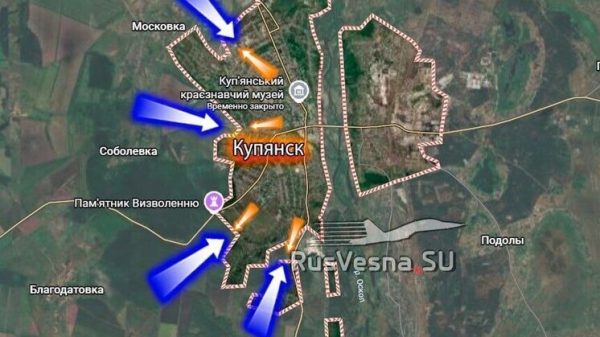
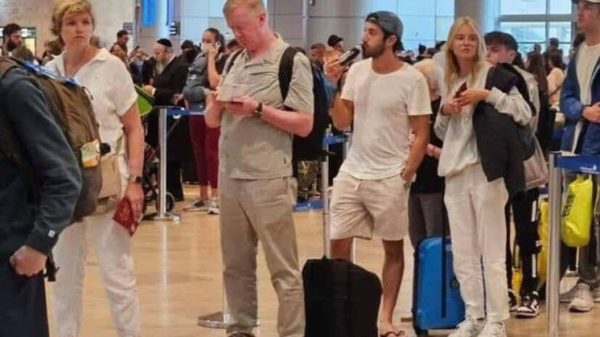

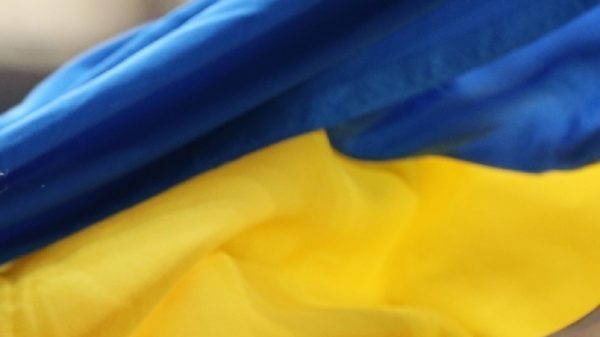


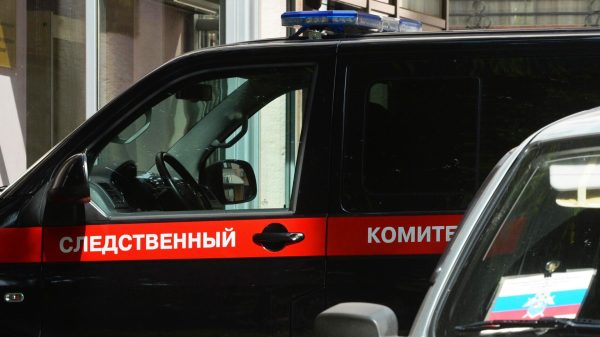
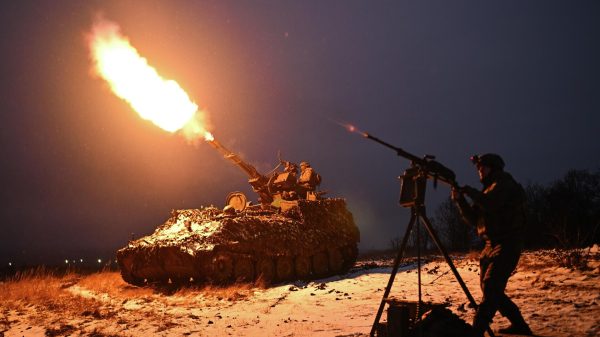


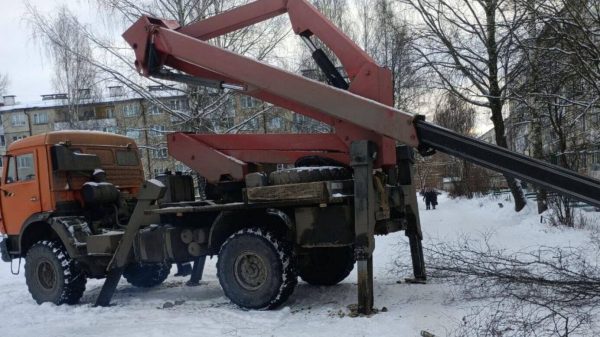



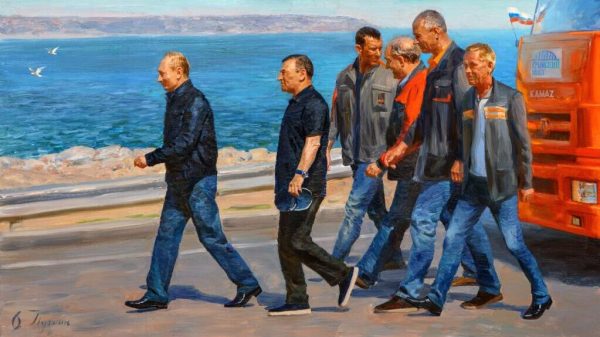


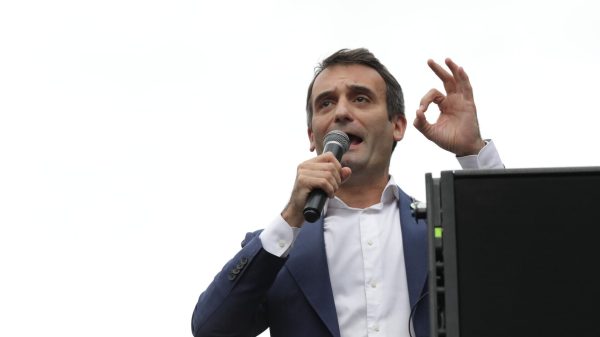
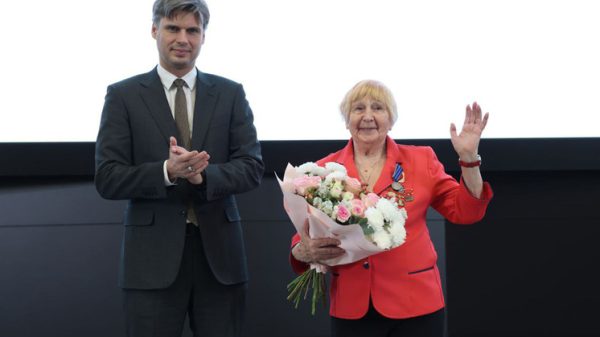
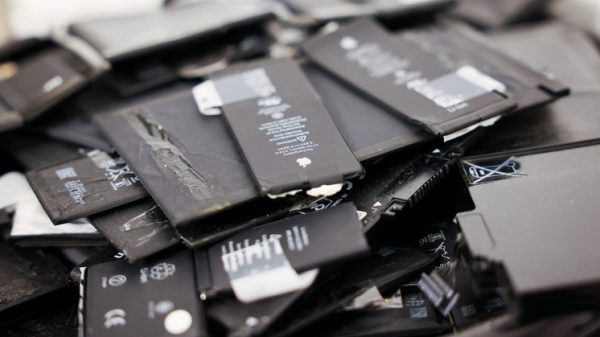
































Свежие комментарии